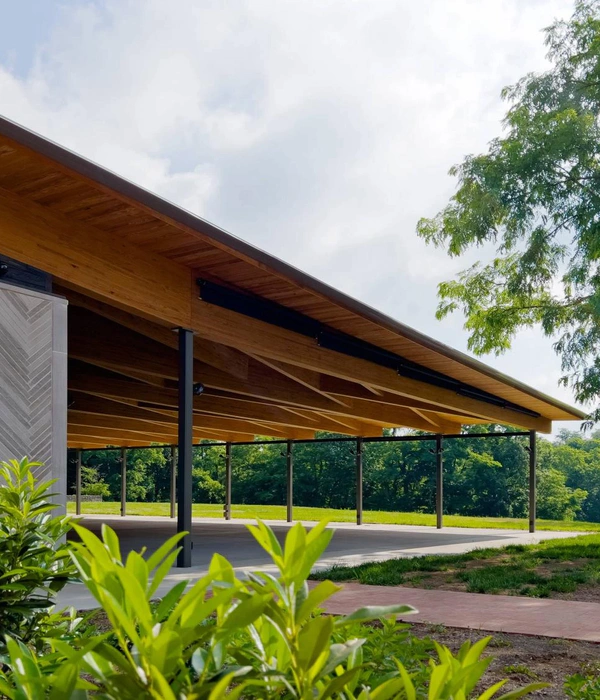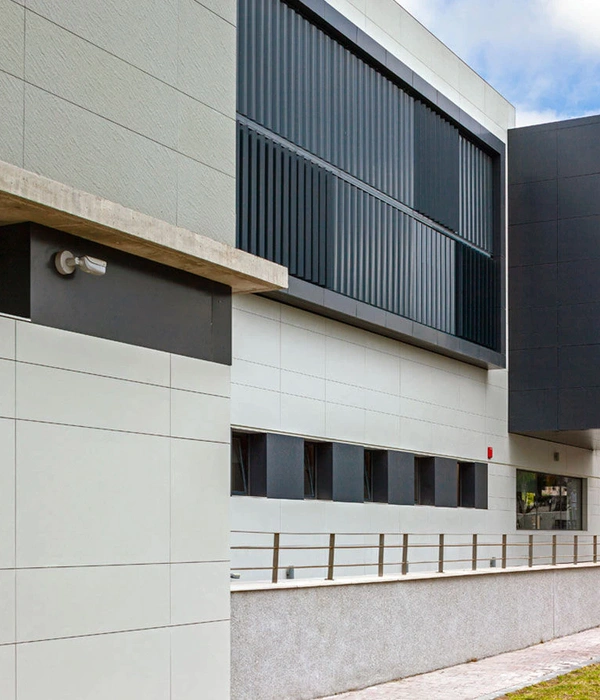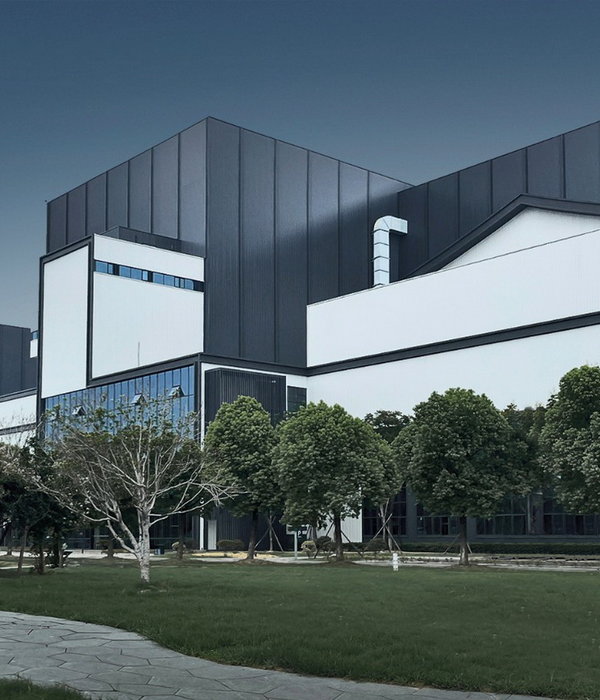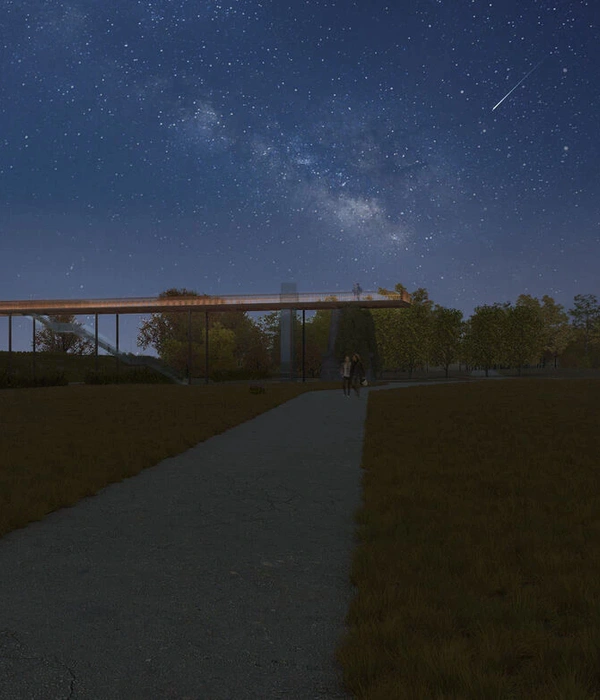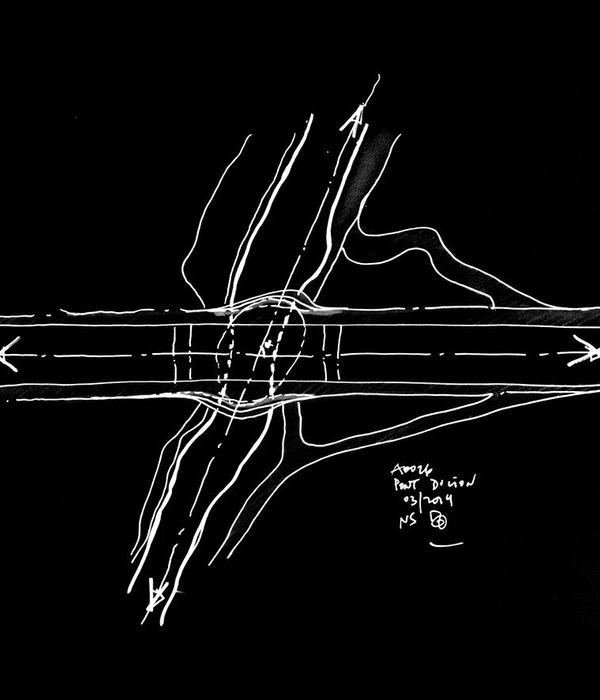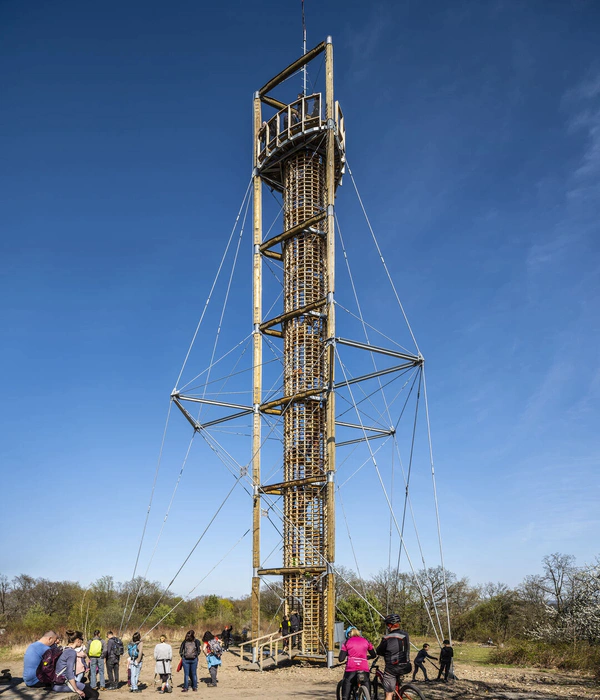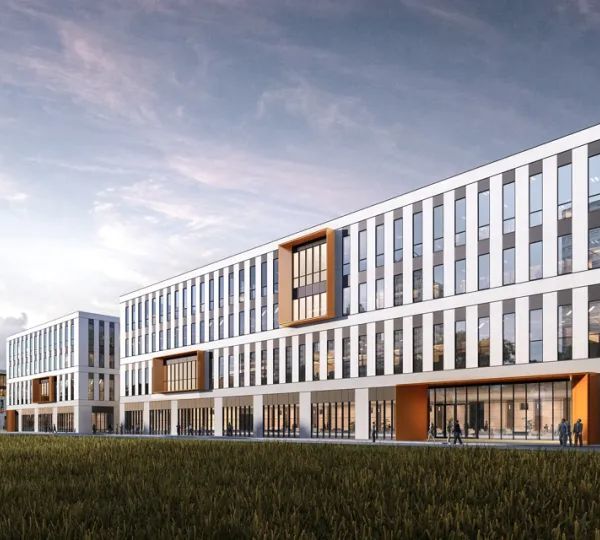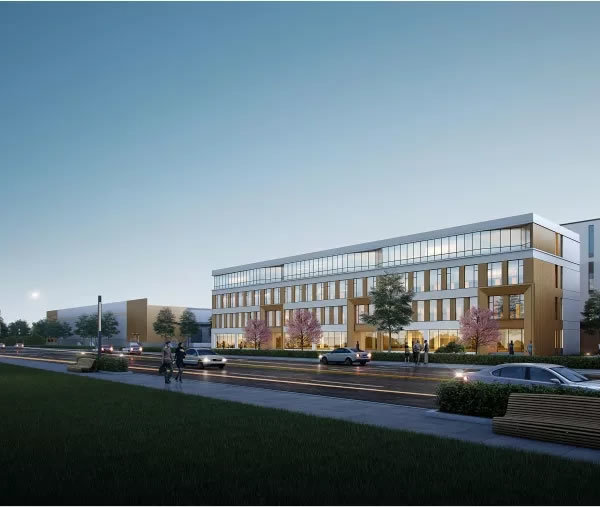The project site was originally Tangma Primary School and then changed to Tangma Village Committee, which is close to the main south entrance of the village. As the gateway of the village, it has an extremely important position in the overall image of the village. How to build a community center that can not only meet the needs of local villagers but also serve as the business card of the village is a challenge for the design.
Due to the constraints of funds and time, we chose to add and rebuild the buildings in the original site in the 1970s and 1980s, and through the construction of a group of new buildings to combine the new and the old to form a familiar and unfamiliar whole.
We hope to respond to the premise of modern construction technology and living comfort through design, on the one hand, how to meet the spiritual needs of traditional Chinese people, that is, to send love to the landscape and return to seclusion. On the other hand, the newly added function requires a more orderly connection to maintain the activity of the whole space. Therefore, on the basis of the placement function, we lengthen the streamline, line of sight, and time through the turning point and delivery of the space, so that the relationship between the building and the courtyard is upgraded, so that the final space sequence forms a kind of layout logic similar to the landscape change.
As the exhibition point of the Rural Revitalization College, it needs to meet the functions of daily preaching, teaching, literary and artistic activities, etc. For this reason, we use the existing buildings and the newly added mass to create an auditorium-like space, in order to meet the needs of exhibitions and meetings, we have also designed a separate space to form an enclosure with the courtyard. In order to meet the daily life of the people in the village, it also carries the functions of the red and white weddings, canteen for the elderly, village committee office, agricultural products sales, and so on. Different functional spaces are connected in the way of gardens to form a whole. People walk and turn in different functional spaces and experience different kinds of rural aesthetics.
In the specific spatial order of village-style landscape architecture, it combines the internal needs of architecture with the external environment and becomes the common carrier of both of them. so as to create a place for rural community activities that is compatible with sociality and naturalness, and has both cohesion and openness.
{{item.text_origin}}

